If you’re a teacher with an adventurous spirit and a passion for international education, you might have considered working in an international school in Norway. But when do these schools start hiring? Let’s dive into the hiring cycle of international schools in Norway and explore the best strategies to secure a position.
The Hiring Cycle of International Schools in Norway
International schools in Norway, like many other international schools worldwide, generally follow a specific hiring cycle. This cycle is designed to ensure that schools have ample time to fill vacancies and that teachers have enough time to prepare for their new roles.
The hiring cycle typically begins in the early part of the year, around January or February. This is when schools start posting vacancies for the upcoming academic year, which usually starts in August. However, it’s worth noting that some schools may start their hiring process as early as October or November of the previous year.
Early Recruitment
Early recruitment is common in international schools in Norway, particularly those that are highly competitive. These schools often seek to secure the best talent early on, so they may start advertising positions and conducting interviews several months before the start of the academic year. If you’re keen on landing a job in one of these prestigious schools, it’s a good idea to start your job search early.
However, don’t be discouraged if you miss the early recruitment period. Many schools continue to hire throughout the spring and even into the summer, particularly if they have unexpected vacancies. So, keep an eye on job boards and school websites for opportunities.
Applying for Positions
Once you’ve identified when schools start hiring, the next step is to prepare your application. This typically involves submitting a CV and cover letter, and in some cases, you may also need to provide references or a teaching portfolio.
Your CV should highlight your qualifications, teaching experience, and any relevant skills or achievements. Your cover letter, on the other hand, is your chance to express your interest in the position and the school, and to explain why you would be a good fit. Remember, international schools in Norway are looking for teachers who are passionate about international education and who can contribute to the school community, so make sure this comes across in your application.
Interview Process
After you’ve submitted your application, the next step is usually an interview. This could be conducted in-person if you’re already in Norway, or via video call if you’re applying from abroad. The interview is an opportunity for the school to assess your suitability for the position, and for you to ask any questions you might have about the role or the school.
It’s important to prepare for the interview by researching the school and the curriculum, and by thinking about how you can contribute to the school community. You should also be prepared to discuss your teaching philosophy and approach, as this is often a key focus of the interview.
Contract and Relocation
If you’re successful in securing a position, the next steps are signing a contract and planning your relocation to Norway. International schools in Norway typically offer one to two-year contracts, and these often include benefits such as relocation assistance, housing allowance, and health insurance.
Relocating to a new country can be a complex process, so it’s important to start planning as soon as you accept a position. This might involve finding accommodation, arranging for the shipment of your belongings, and sorting out any necessary visas or work permits.
Settling In
Once you’ve relocated to Norway, the final step is settling into your new role and your new life. This can be a challenging period, as you adjust to a new culture, a new school, and perhaps a new language. However, most international schools in Norway offer support to new teachers, such as orientation programmes, mentoring, and language classes.
Remember, it’s normal to feel a bit overwhelmed at first, but with time and support, you’ll soon find your feet. And before you know it, you’ll be enjoying the unique experience of teaching in an international school in Norway.
Conclusion
In conclusion, international schools in Norway typically start their hiring process in the early part of the year, with some schools starting as early as October or November. However, opportunities can arise throughout the year, so it’s a good idea to keep an eye on job boards and school websites.
Securing a position involves submitting a strong application, performing well in an interview, and successfully navigating the contract and relocation process. It can be a challenging journey, but the rewards of teaching in an international school in Norway make it well worth the effort.
Advance Your International Teaching Career with IPGCE
Ready to elevate your teaching credentials and stand out in the competitive international school job market in Norway? IPGCE is your gateway to overcoming qualification barriers, achieving career progression, and connecting with a global network of educators. Our International Postgraduate Certificate in Education (iPGCE) is designed for teachers like you, aiming to enhance your qualifications and increase your chances of securing your dream job. With a 50% increase in interview callbacks and a 45% boost in promotion rates for iPGCE holders, your investment in professional development is a step towards a 30% salary increase and a more fulfilling career. Don’t let isolation or a lack of understanding of global education systems hold you back. Join the UK’s #1 Teacher Training Course today and become 65% more adaptable in the diverse landscape of international education. Join our program and take the leap towards an enriching teaching experience in Norway.

